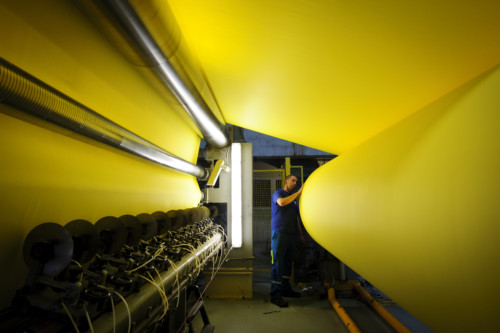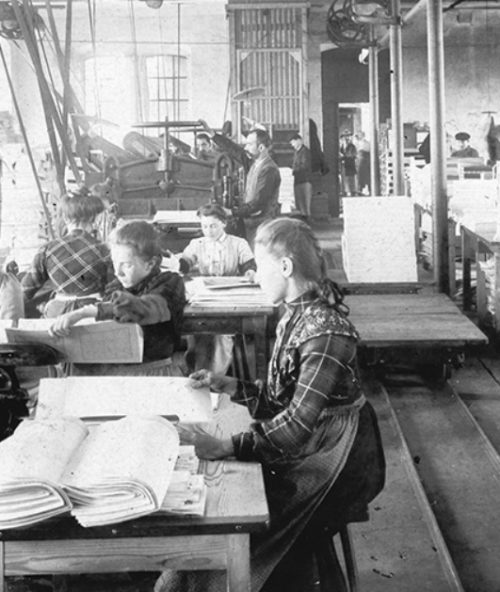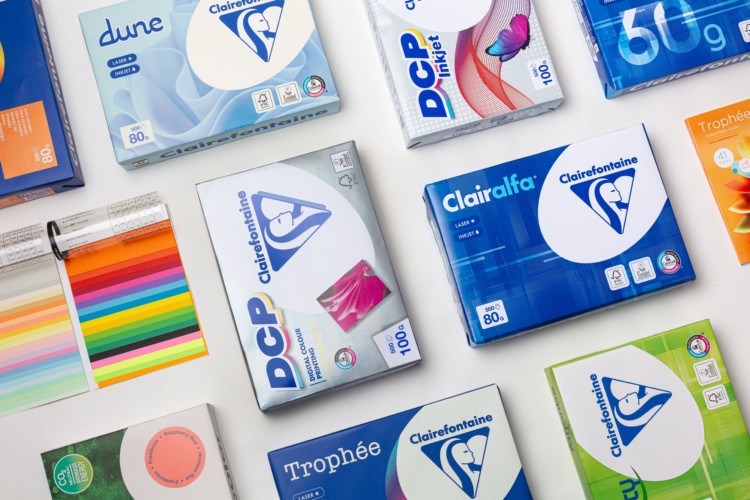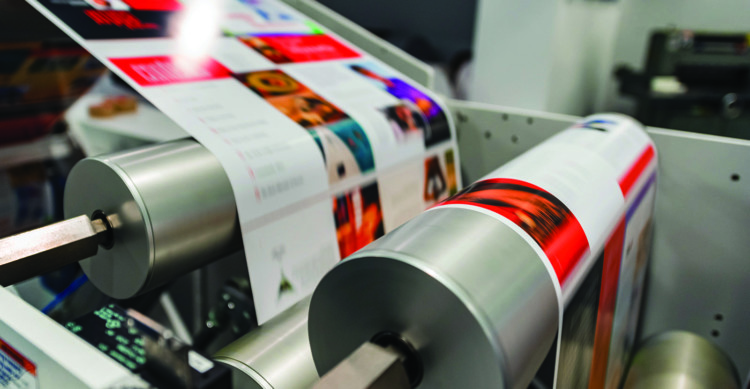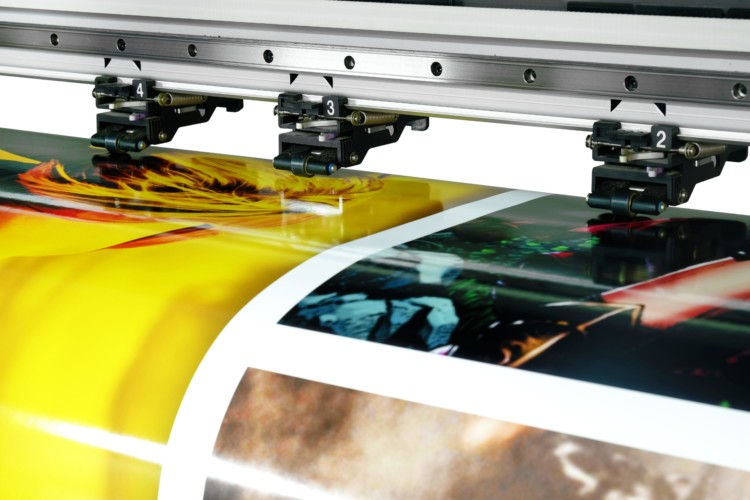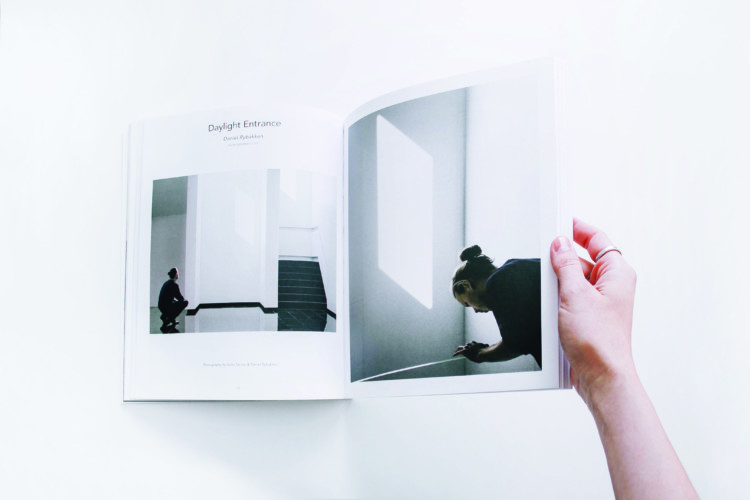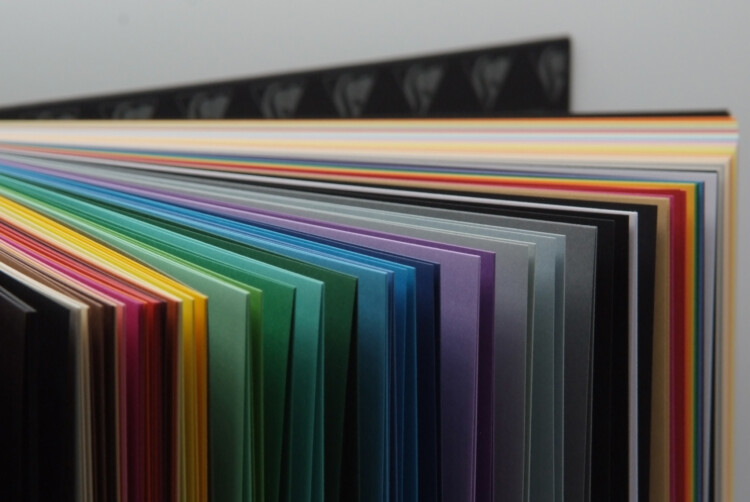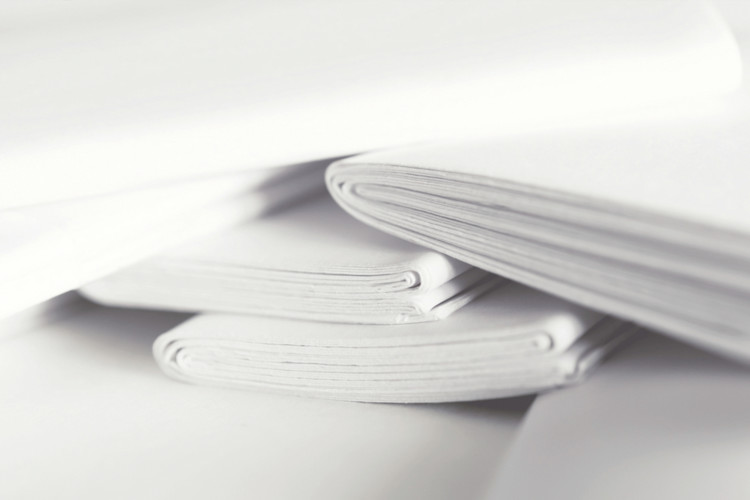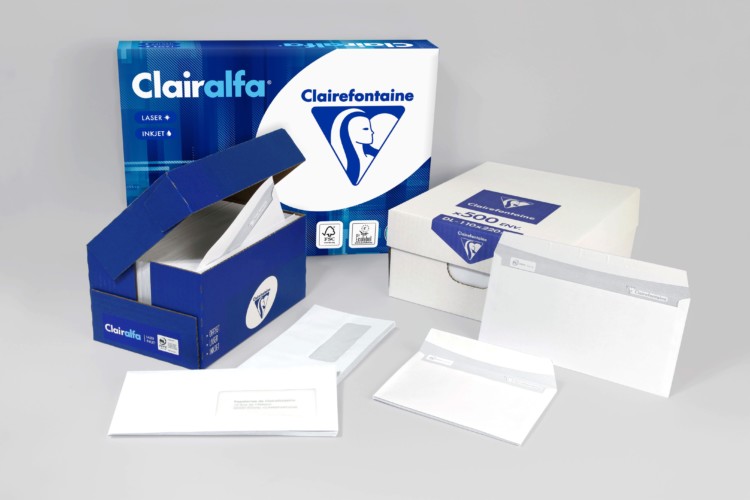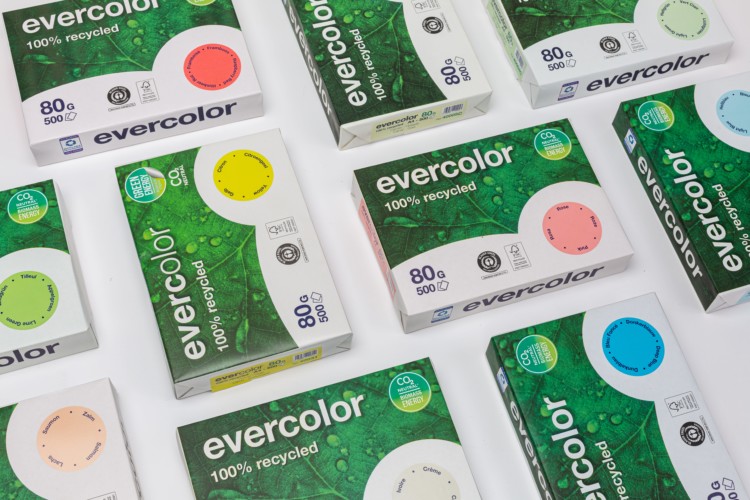Our history

Clairefontaine, over 165 years of paper
In 1512, in the heart of the Vosges, François Fagnozel, the superior of the Abbey of Etival and a member of the Premonstratensian Order, authorized the creation of a paper mill along a small river called the Valdange. Due to the harsh times, this mill frequently changed ownership, but it continued to produce handmade paper until the mid-19th century. It was eventually acquired by Jean-Baptiste Bichelberger, a native of Lorraine trained in the new continuous paper production processes.

1858
In 1858, he founded “Papeteries de Clairefontaine” and established a modern factory on the banks of the Meurthe, with abundant water and rags necessary for paper production. In an industrially revolutionizing France, Jean-Baptiste Bichelberger managed the company until his death in 1877.
His son, Paul Bichelberger, and his son-in-law, Émile Champon, then made a significant change by introducing wood as a raw material. The paper pulp would either be produced on-site or purchased. The two men also started the production of envelopes and notebooks, which had previously been primarily made by printers.

1904 to 1914
From 1904 to 1914, the company was run by Louis Nusse, Jean-Baptiste Bichelberger’s grandson-in-law, and Étienne Bodet. Les Papeteries Clairefontaine had grown significantly, with around 1,100 employees. However, in 1914, the Great War broke out, and the front line was close to the factory. It operated minimally for five years. It was restarted in 1919 under the management of Léon Daridan, another of Jean-Baptiste Bichelberger’s sons-in-law.

1928
In 1928, Charles Nusse, son of Louis Nusse, founded a workshop in Paris for manufacturing accounting registers, followed by another for diaries, under the brand Exacompta. To save the Papeteries de Clairefontaine, whose buildings were largely destroyed during the Liberation, Charles Nusse took responsibility for the company in 1950. It was under his leadership that the Clairefontaine brand truly began to flourish. As early as 1951, he introduced the famous “Clairefontaine Notebook” to the market, distinctive with its glossy cover and purple ruling. He also endowed the brand with its iconic logo featuring the pitcher, synonymous with quality for both students and professionals. Under his direction, managing the company until 1971, the Papeteries de Clairefontaine experienced significant growth. After a thorough reorganization, the factory was equipped with two machines to produce high-quality paper in large quantities, and the transformation workshops were modernized.

Clairefontaine today
His son, Jean Marie, continued his work and led Clairefontaine to a position as a European leader in high-end office papers. In 1996, the publicly traded company became Exacompta Clairefontaine, and Clairefontaine’s activities were divided into two departments, encompassing around fifty companies, and employing more than 3,000 people:
Papeteries de Clairefontaine and its subsidiaries (Mandeure, Everbal, Schut) produce over 240,000 tons of paper for office use, writing, printing, fine arts, and filing. Frédéric Nusse, nephew of Jean Marie, took over leadership in 2009.
Clairefontaine Rhodia and its subsidiaries (CFR, Madly, Publiday, Eurowrap). Since 1998, Guillaume Nusse, son of Jean Marie, has been leading this department. The product ranges have diversified: new collections and covers, orange or black notepads, colored envelopes, fine arts supplies, creative papers…
Over the years, the Exacompta Clairefontaine group has expanded by acquiring and integrating numerous companies, but its entire activity remains focused on paper-related businesses. As a market leader, it is currently the only group in Western Europe that is both a producer and transformer of paper, allowing it to offer consistently high-quality products. Notebooks, pads, envelopes, office supplies, binders, diaries, calendars, gift wraps, creative hobbies, digital photos—its ranges include thousands of references. Papeteries Sill, under the management of Gabriel Nusse, distribute products intended for large retail chains.
Markets are increasingly international, and the brand’s reputation, the group’s commitment, and a consistent policy of quality, service, and innovation are essential assets enabling Clairefontaine’s development into the 21st century!

The water pitcher logo
It was Charles Nusse, the great-grandson of the founder, who created Clairefontaine’s iconic triangular logo. Easily recognizable, it has authenticated the brand’s products since the 1950s. The water pitcher figure within the logo is inspired by the biblical story of Rebecca from the Book of Genesis. According to the story, Rebecca drew water from the well to give to Eliezer, Abraham’s servant, who was seeking a wife for Isaac, his master’s son. Although the logo has evolved over the years, it has always featured the image of Rebecca.
